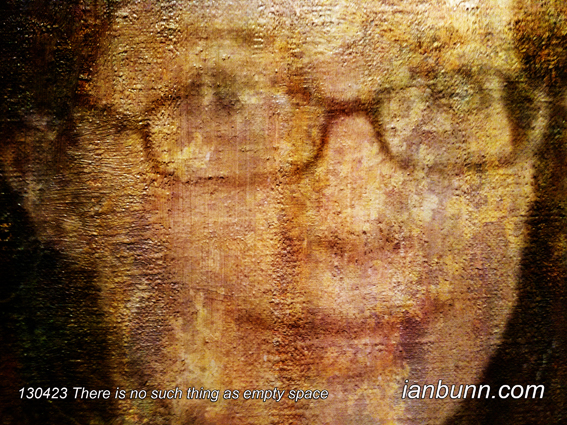![C Robert O'Dell the American physics and astronomy professor has been featured by Rick Docksai in an article published in the Science Recorder titled ‘Ring Nebula is expanding at 43,000 miles an hour, according to Hubble’. Docksai states “The Ring Nebula apparently has been misnamed: It’s not a ring at all, but a football-shaped jelly doughnut. …Scientists [had] concluded that this nebula has a hollow middle and ring-shaped—hence came its present-day moniker. But the latest analysis, led by Robert O’Dell, …arrived at a wholly other conclusion. The nebula’s center is quite full, O’Dell and his team state. However, varying patterns of motion may cause the middle to look unlike the rest of the nebula from our vantage point, and hence some of the visual illusion. The entire cloud is expanding by more than 43,000 miles an hour, but the growth is even faster at the center than it is in the outer ring. Consequently, the middle is much lower-density than the rest of the nebula. The Hubble images that O’Dell and his team used are the highest-precision views of the nebula taken yet. While earlier observations had identified the presence of gaseous material in the center, none had gathered all of the detail of this latest Hubble presentation, such as the star that is indeed at the center—though it is now dying. The nebula measures just one light-year across, so it’s compact enough that this one star’s end-of-life expansions and contractions could stand out prominently to observers here on Earth, even if those observers were using eighteenth-century telescopes. In fact, this dying star is probably what brought the nebula into being in the first place. Scientists designate the Ring Nebula a “planetary nebula,” which means that it forms out of the gas and dust that emanates from a star that’s fading out. While this nebula’s star will continue to shine for a fairly long while by human time, scientists say that it is definitively on its way to white-dwarf status.” Inspired by Rick Docksai, Science Recorder ow.ly/lMDlV Image source Vanderbilt ow.ly/lMBEF](http://www.ianbunn.com/wp-content/uploads/2013/06/130628dcU60.jpg) A football-shaped jelly doughnut (June 28 2013)
A football-shaped jelly doughnut (June 28 2013)
C Robert O’Dell the American physics and astronomy professor has been featured by Rick Docksai in an article published in the Science Recorder titled ‘Ring Nebula is expanding at 43,000 miles an hour, according to Hubble’. Docksai states “The Ring Nebula apparently has been misnamed: It’s not a ring at all, but a football-shaped jelly doughnut. …Scientists [had] concluded that this nebula has a hollow middle and ring-shaped—hence came its present-day moniker. But the latest analysis, led by Robert O’Dell, …arrived at a wholly other conclusion. The nebula’s center is quite full, O’Dell and his team state. However, varying patterns of motion may cause the middle to look unlike the rest of the nebula from our vantage point, and hence some of the visual illusion. The entire cloud is expanding by more than 43,000 miles an hour, but the growth is even faster at the center than it is in the outer ring. Consequently, the middle is much lower-density than the rest of the nebula. The Hubble images that O’Dell and his team used are the highest-precision views of the nebula taken yet. While earlier observations had identified the presence of gaseous material in the center, none had gathered all of the detail of this latest Hubble presentation, such as the star that is indeed at the center—though it is now dying. The nebula measures just one light-year across, so it’s compact enough that this one star’s end-of-life expansions and contractions could stand out prominently to observers here on Earth, even if those observers were using eighteenth-century telescopes. In fact, this dying star is probably what brought the nebula into being in the first place. Scientists designate the Ring Nebula a “planetary nebula,” which means that it forms out of the gas and dust that emanates from a star that’s fading out. While this nebula’s star will continue to shine for a fairly long while by human time, scientists say that it is definitively on its way to white-dwarf status.”
Inspired by Rick Docksai, Science Recorder ow.ly/lMDlV Image source Vanderbilt ow.ly/lMBEF

